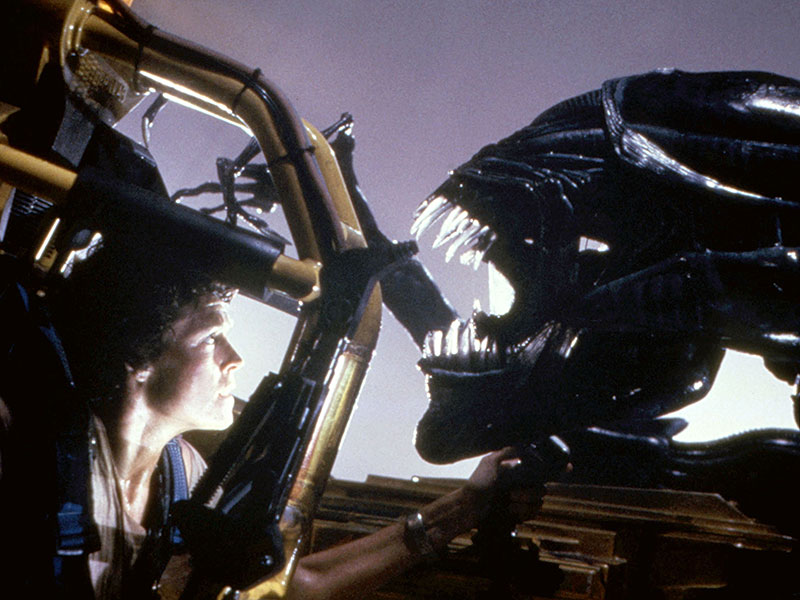I've seen a hell of a lot of pictures of star clusters from telescopes - generally they look like very beautiful things. But I've always wondered... what would one look like from inside?
 |
| An open cluster of big, blue stars, courtesy of NASA |
In a dense cluster you can often get dozens of stars within a fraction of a light year of each other. When the stars are mostly Sun-sized such a cluster would be a very beautiful pace – the sky would sparkle like a box full of diamonds.
But in a big, young, star cluster the stars are more likely to be huge, O-type supergiants that weigh dozens of times the mass of the Sun and put out hundreds of thousands of times more energy.
The
brightest clusters, like NGC 2070 in the heart of the Tarantula nebula will pack
hundreds of O giants and dozens of monstrous Wolf Rayet stars – hugely unstable
stars weighing hundreds of times more than our Sun and giving out millions of times
more energy – into a few cubic light years. In fact the central region (just knownas ‘R136’) of the NGC270 cluster contains a dozen gigantic stars within
a volume comparable in size to our solar
system... Including a titanic star believed to be the biggest in our galaxy.
But let’s
say you’ve got a spaceship, and you take it for a visit – what will
you see?
This would be less a sky full of jewels, and much more a sky full of hydrogen bombs going off. In the foreground, spaced evenly around you, will be incredibly intense points of blue light. They’re up to as bright as the Sun from Earth – but not in visible light: In high energy UV and X-rays. They are literally too powerful to give off most of their light visibly. Behind them is blizzard of stars that are dimmer, but still much brighter than any star in Earth’s sky, giving off the same high energy frequencies.
This would be less a sky full of jewels, and much more a sky full of hydrogen bombs going off. In the foreground, spaced evenly around you, will be incredibly intense points of blue light. They’re up to as bright as the Sun from Earth – but not in visible light: In high energy UV and X-rays. They are literally too powerful to give off most of their light visibly. Behind them is blizzard of stars that are dimmer, but still much brighter than any star in Earth’s sky, giving off the same high energy frequencies.
The
radiation is coming from everywhere in the sky – and that’s why you need to
leave. Now.
See, in a
densely packed cluster, it’s possible that even a space ship staying far away from
every star could be receiving (according to my very, very, rough alculations*) five times the radiation output of a noonday Sun
on Earth. That causes a big problem: On Mercury, which gets about seven times
the sunlight Earth does, the surface temperature is around four hundred degrees
Celsius.
 |
| No, not because of all the Xenomorphs. Well... not just for that reason. |
But
Mercury has a nightside, so it can cool off.
 |
| Above: Mercury - relatively chilled, with just one Sun to worry about. |
In the densest parts of a star cluster there isn’t a nightside, there’re radiation spitting stars in every direction. Your ship can’t lose heat by conduction or convection because, well, space - all it can do is heat up.
This isn’t
just a theory - getting rid of heat in space is a big engineering problem today, and that’s with just one Sun, at Earth-normal intensity.
A cluster of giant stars would be a beautiful place: A sky full of brilliant sapphires. And if you stayed there too long, it would cook you.
A cluster of giant stars would be a beautiful place: A sky full of brilliant sapphires. And if you stayed there too long, it would cook you.
Elsewhere in the Universe:
SpaceX ships inflatable habitat to ISS, lands re-useable rocket successfully:
Above: SpaceX nails the landing of it's Falcon 9 booster. Courtesy of SpaceX
Above: A run-down on the new BEAM habitat, launched to the ISS by SpaceX on Friday. Courtesy of NASA.
*OK, back-of-an-envelope time: In The
Tarantula nebula the distance between the first and second brightest stars
(8,000,000 times the Sun’s brightness and 6,000,000 times the Sun’s brightness
respectively) is 5000 au (1 AU = 1 Earth-Sun distance) in total. Averaging
their brightness to 7,000,000 Suns each, and putting our spaceship midway
between them, makes them just over 1 x the Sun’s brightness from Earth, each. Why? Light
intensity is inversely proportional to the distance from the source. So, since
1 AU is one Earth-Sun distance, our Sun at 2500 AU distance would have 1/ (25002), of its intensity from
Earth, or 1 / 6,250,000th. Our super heavy weight star is 7000,000 Sun’s worth
of brightness, so at the same distance it will have just over 1 Sun’s worth of
intensity (6,250,000 / 7000000). There are twelve other stars in the same size
range, at similar distances, in R136. Let’s be conservative, and say that those
other stars only contribute a quarter of a Sun each on average, so 3 Sun’s
worth. That’s still 5 times the energy of the midday Sun, pouring in from all
directions. And this is before we’ve taken into account the effect of the rest
of the cluster, which are further away, but much more numerous.

No comments:
Post a Comment